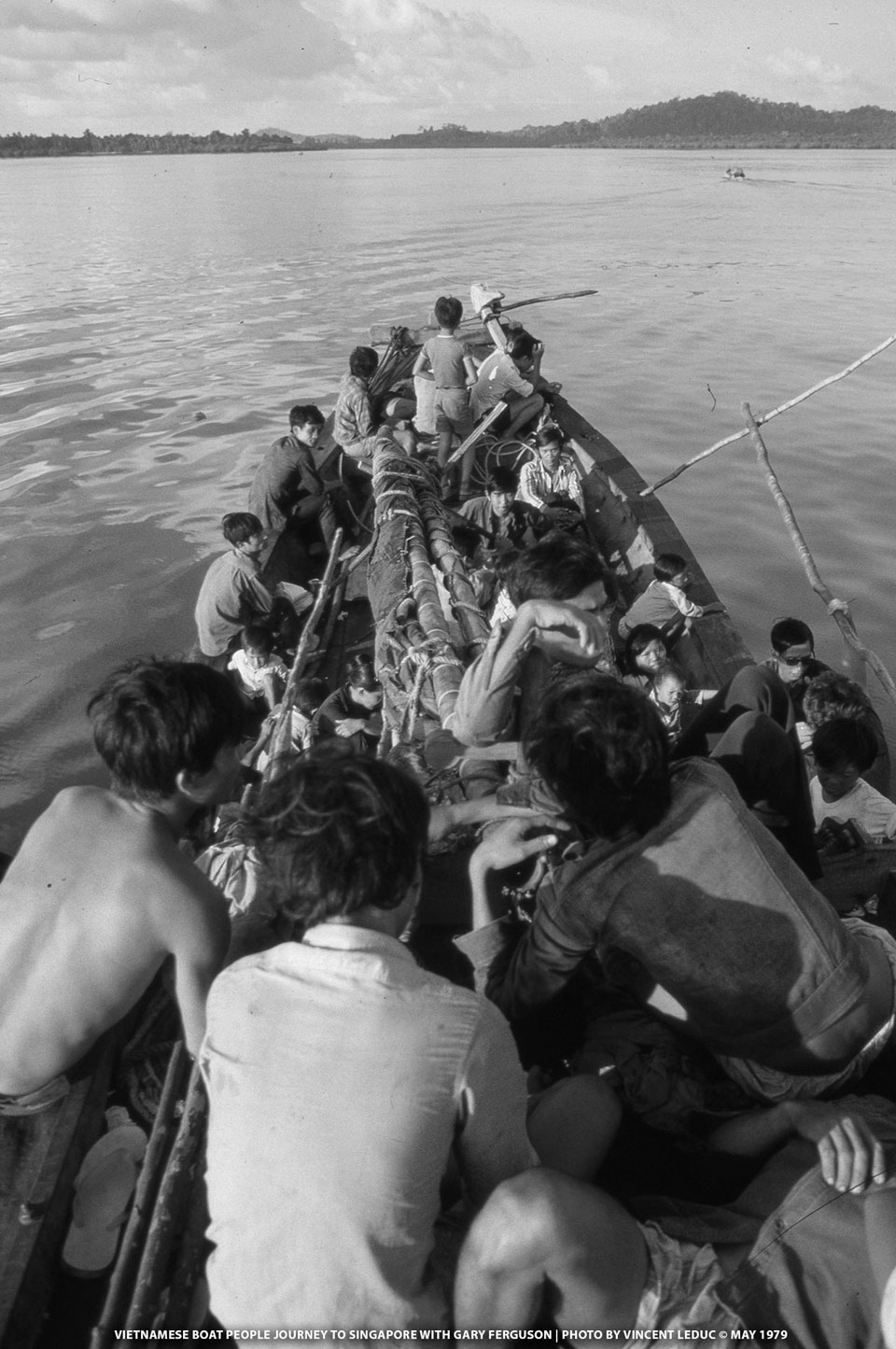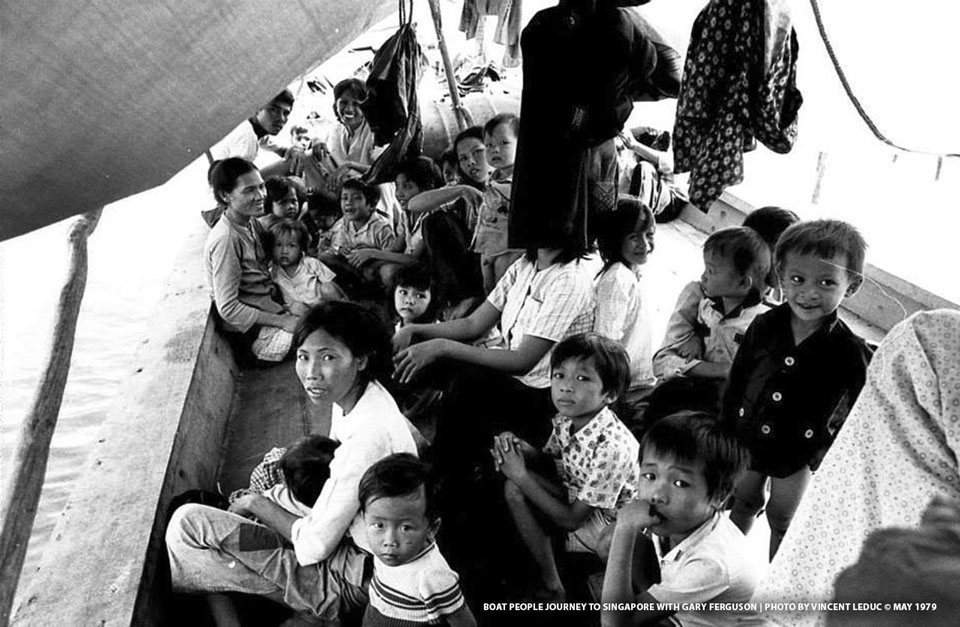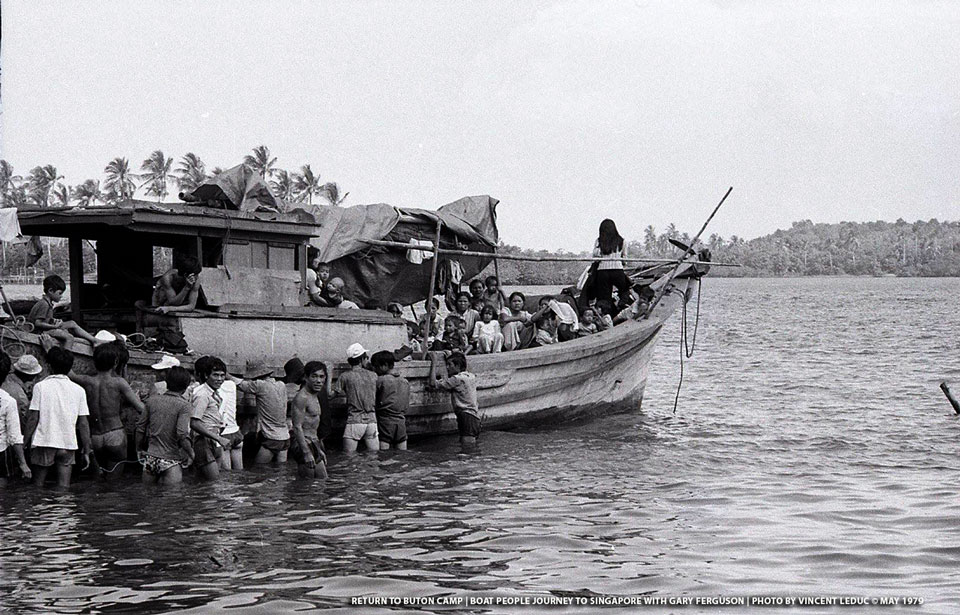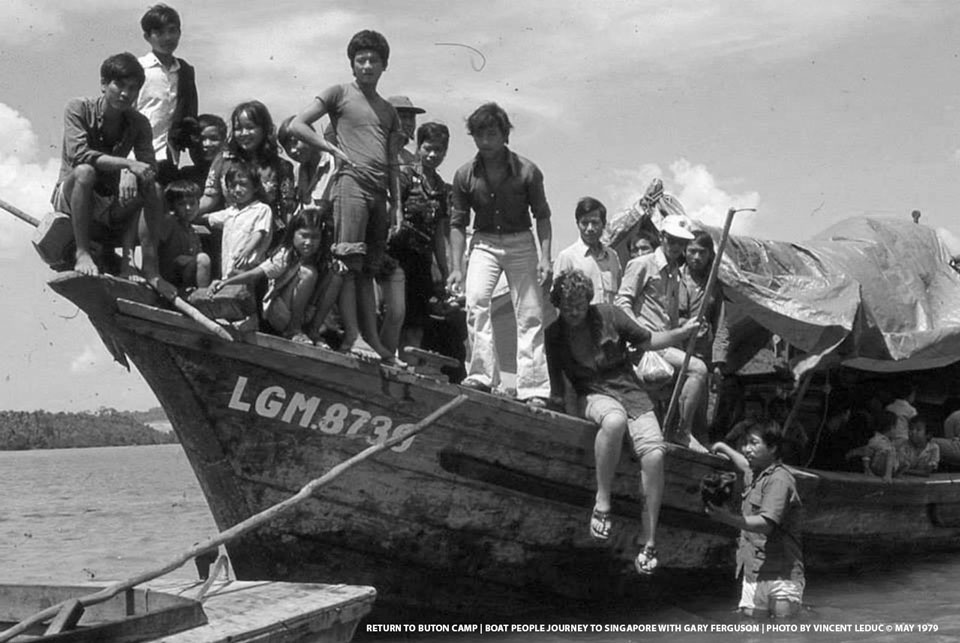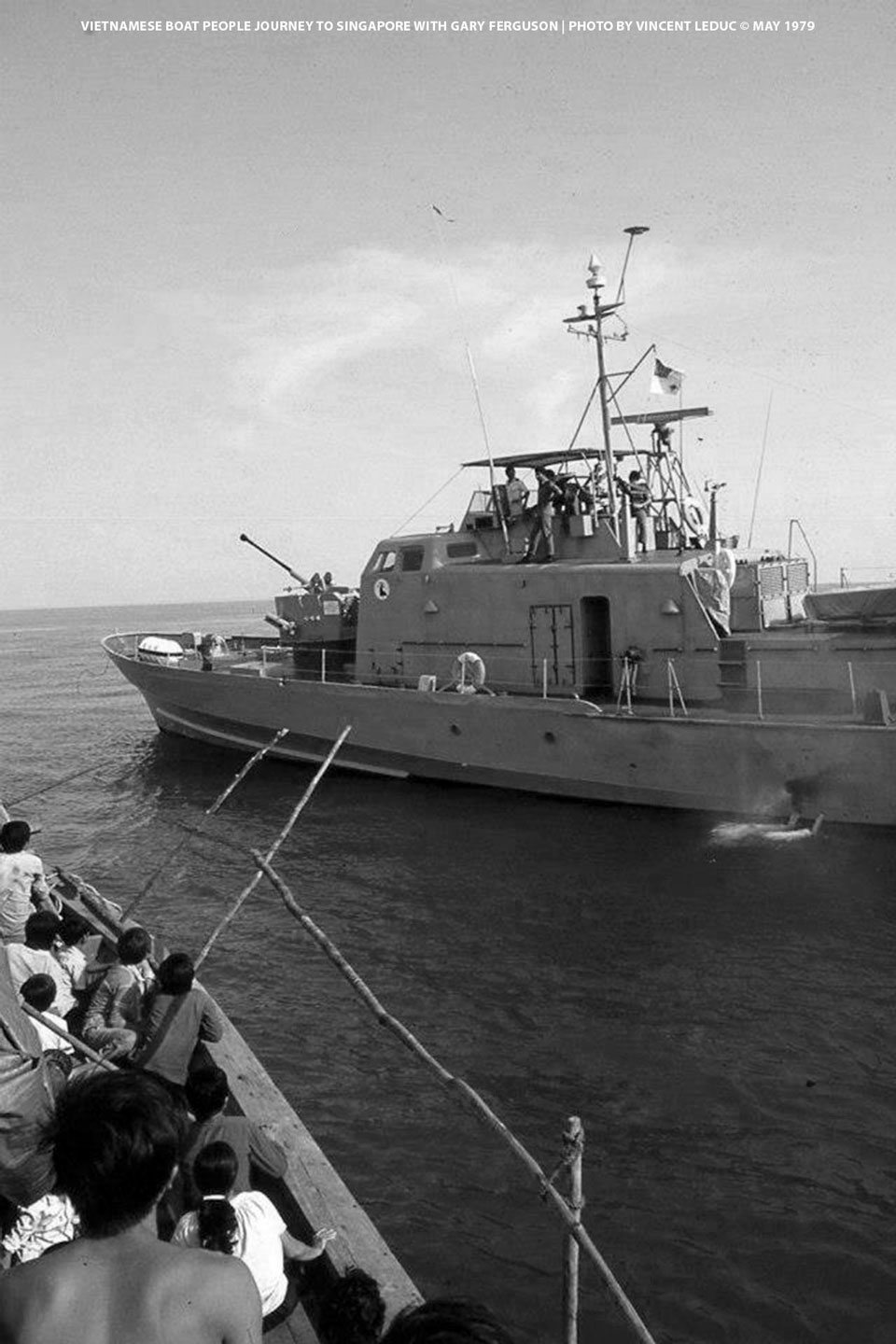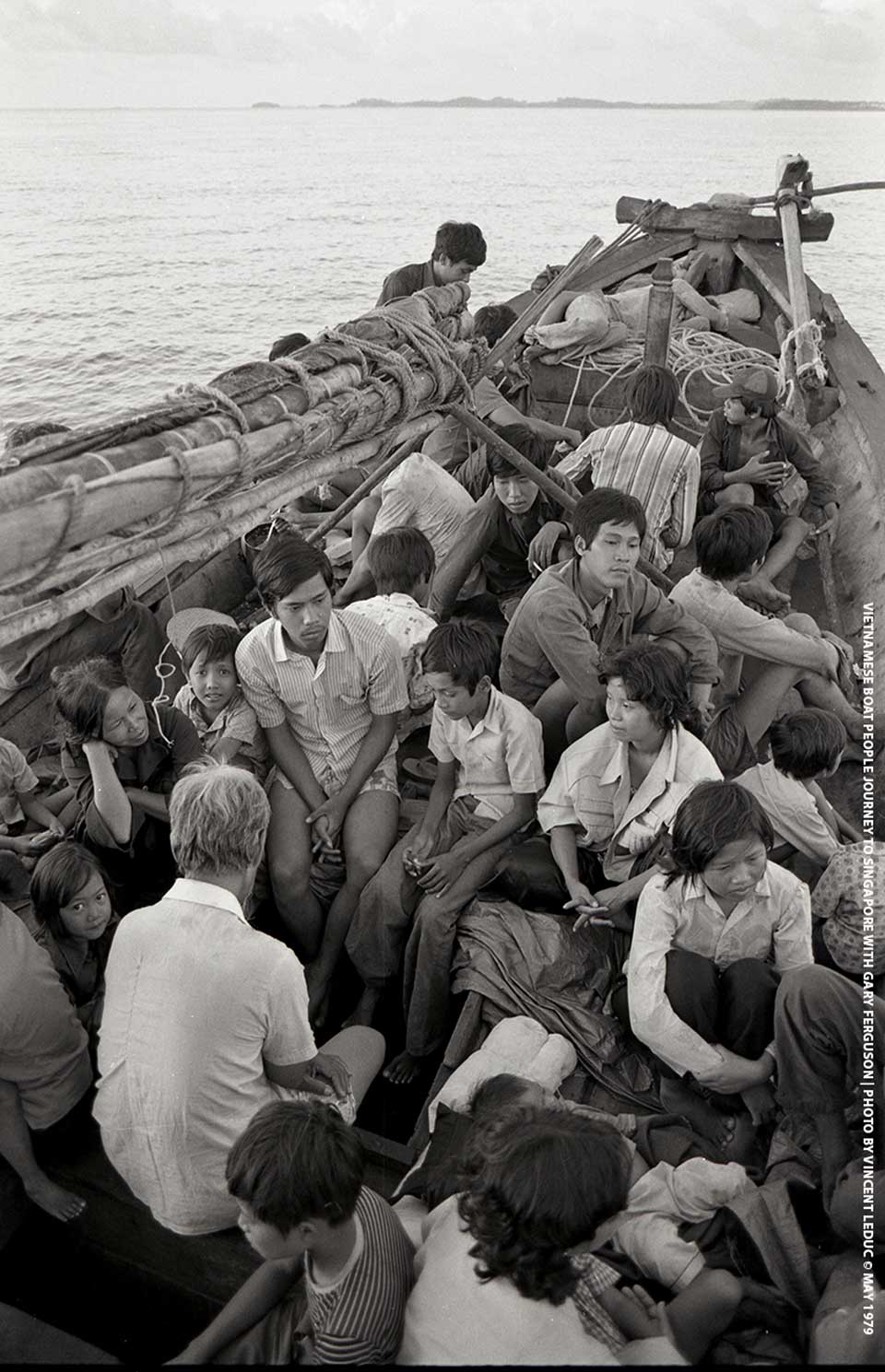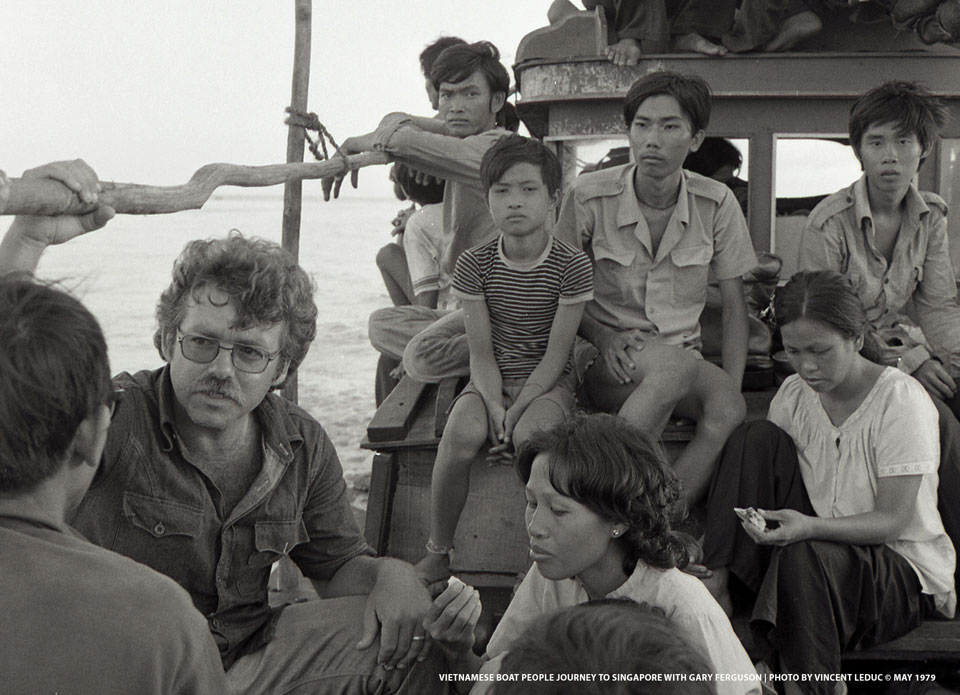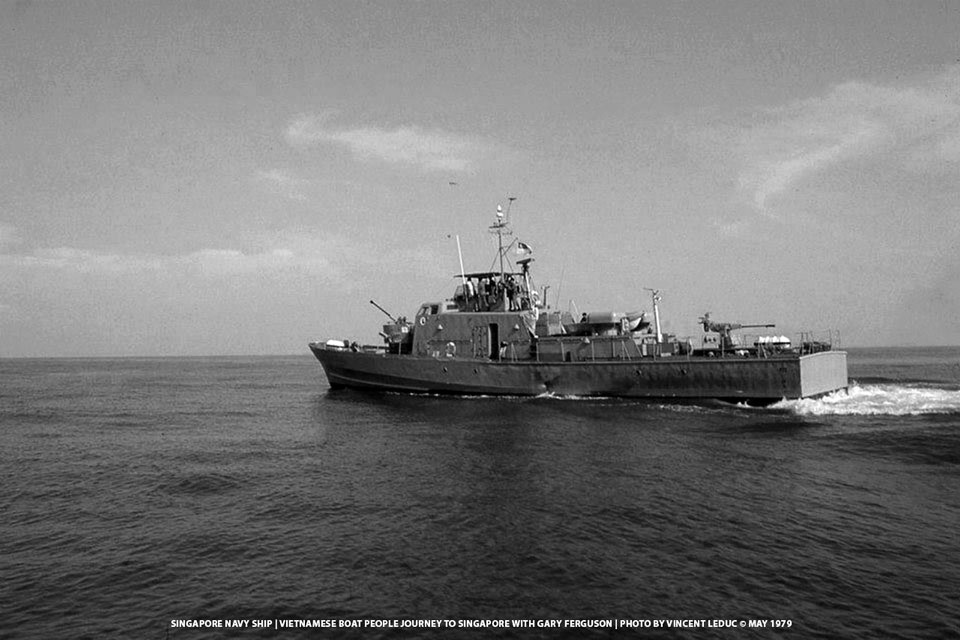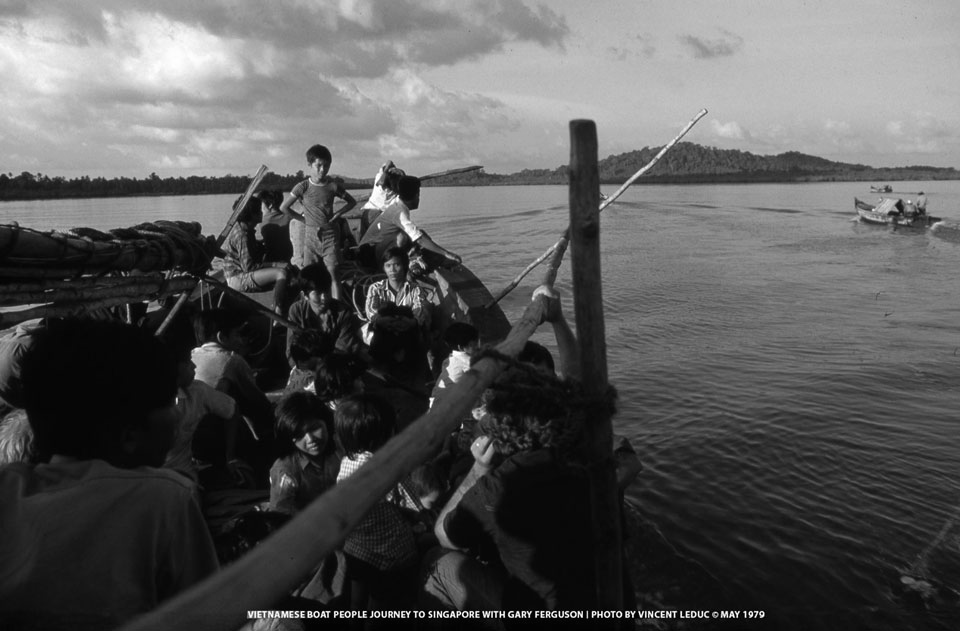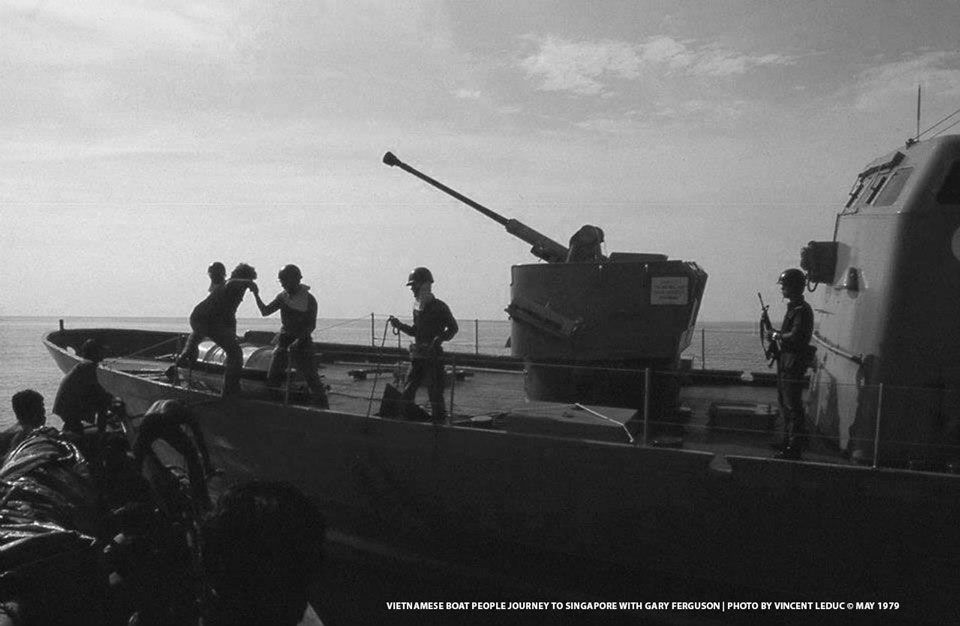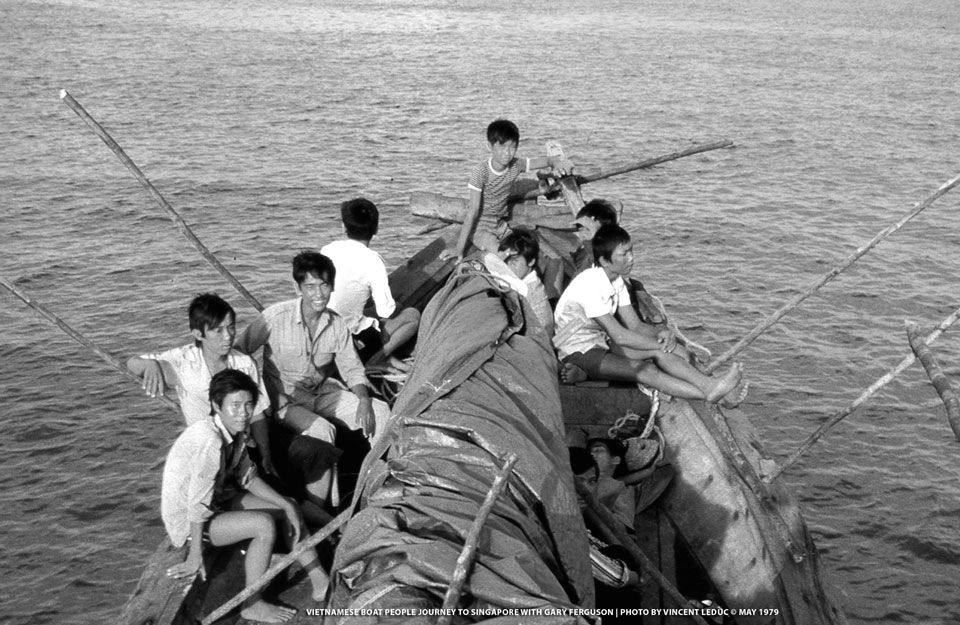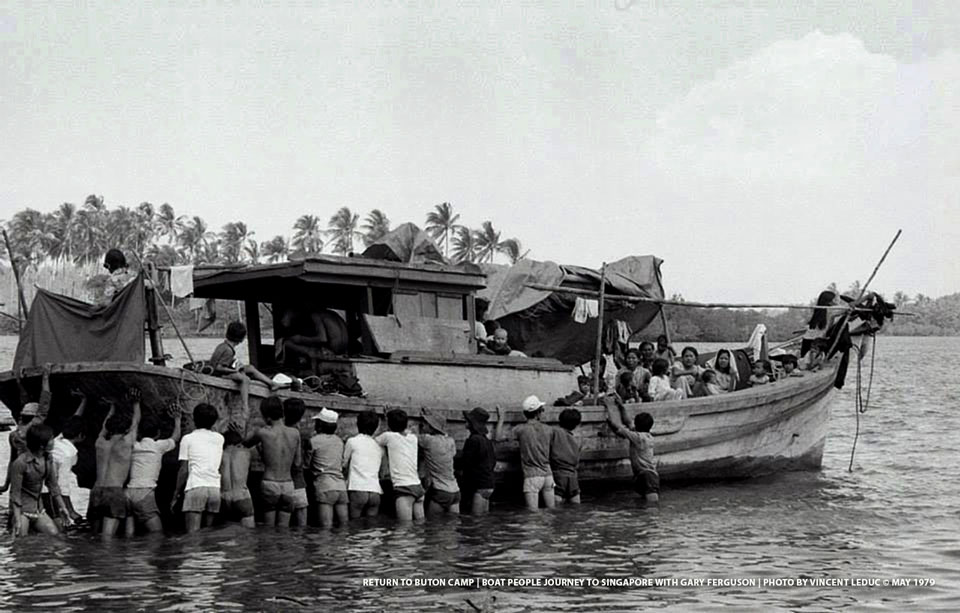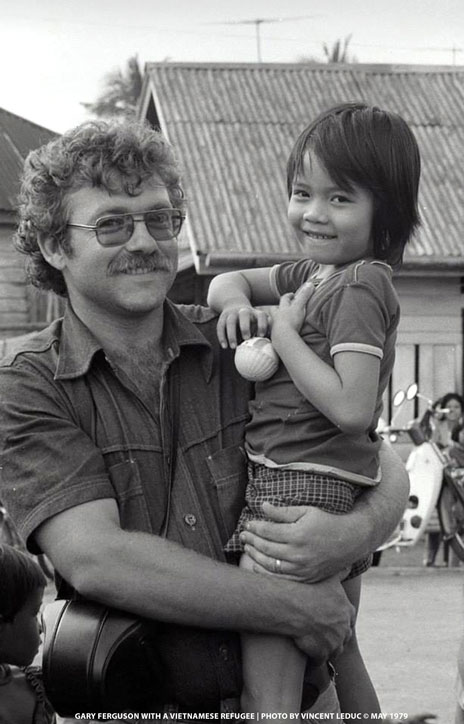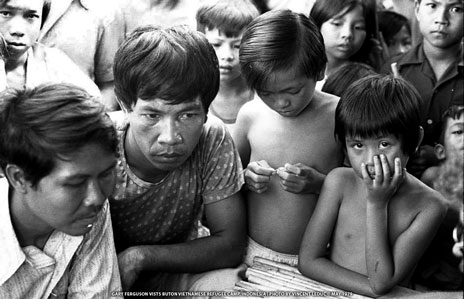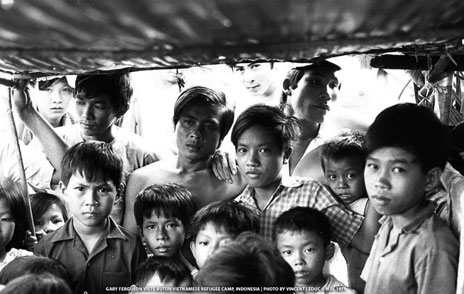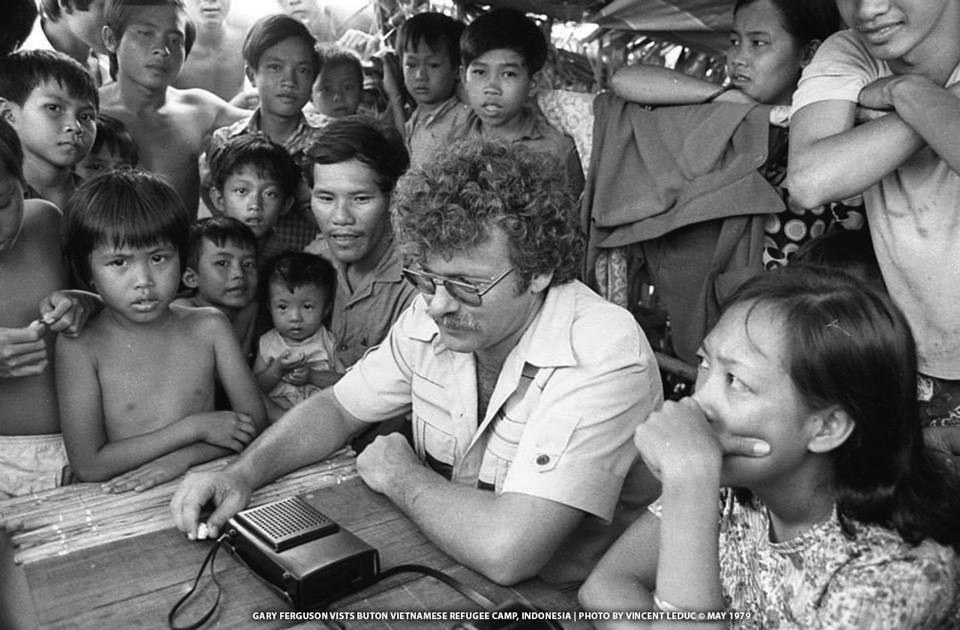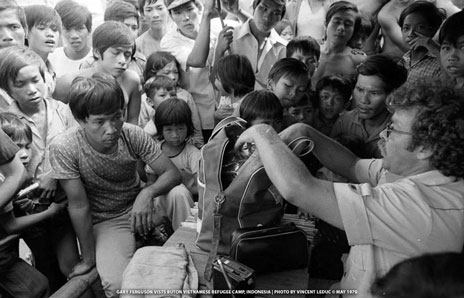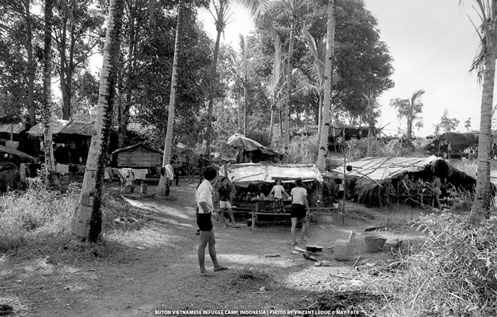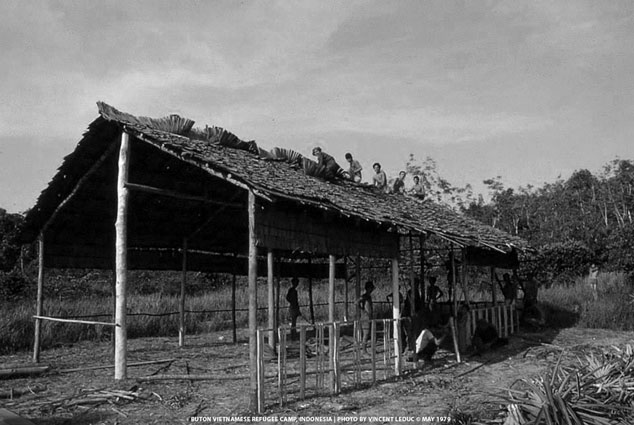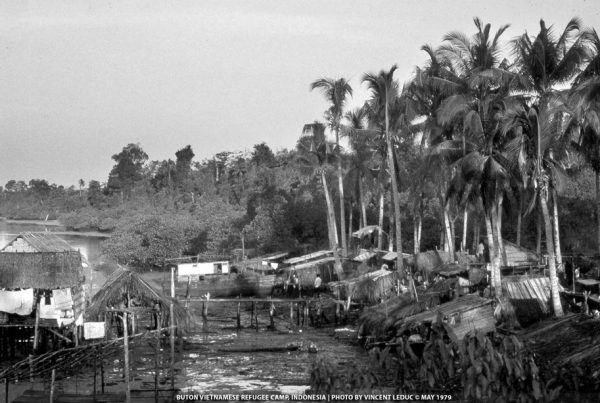
About
To see the world as a university of life conducted me to travel a lot. Hitchhiking in France and Europe from the age of 15, as a seaman on cargo ships around the world at 19, as a hippie on the road to India at 20, then as a free-lance photographer in South East Asia, where I followed several main subjects: the communist take-over in Laos, the refugee from Laos, Cambodia and Vietnam, the consequences of the conflict on Thailand, the Karen and Karenni guerrilla resistances in Burma.
During the last 30 years, I became cameraman, director and producer, founding a production house in Bangkok in 1988. Back to France ten years later, I worked as a travel documentary director for the « Behind the postcard » program which I created, directed and produced for the channel Voyage, then for the « Échappées Belles » program on France 5, for which I have directed numerous « Mythical routes » across the world.
1975
The fall of Saigon on April 30 had the effect of an alert signal on me. I learned the news a month later at the Alliance Française of Pondicherry in India through the newspapers that I came to consult after four month of hippie traveling from France. The Khmer Rouges had taken Phnom Penh on April 17. Only Laos was still reachable. On the road, this country was referred to as the opium paradise, but for me it woke up a powerful feeling for Indochina taking roots from my childhood. It took me about one month to reach it, on June 25, the day after the last Americans were expelled from the country by the communist forces. Far from the horror of the Vietnam war and the atrocities of the Khmer Rouges in Cambodia, the Pathet Lao seized quietly the power in a six-month period during which I had the time to fall in love with the country and decide to live there. Passionate witness of this take over events, I started to take photos on the field, after being officially recognized as a professional photographer by the new authorities thanks to a fake press pass. But two months after the Popular Democratic Republic of Laos proclamation (Dec. 2) I was expelled as most citizens of non-communist countries.
1979
The following four years, I covered the situation of the refugees from Laos, Cambodia and Vietnam, from Thailand, with numerous trips to Malaysia, Singapore and Indonesia. Having just the Mekong river to cross, Laotian and Hmong (mountain people) refugees were the first to arrive, soon reaching by the hundreds of thousand, and were packed into camps all along the border. It took a much longer time for the Khmer to reach such a number. Survivors were arriving sparingly, haggard, terrified, hungry, sick, wounded. Their stories were telling of a state of atrocity we had never known since the discovery of the Nazi concentration camps at the end of World War 2. Bear witness then took another dimension for me.
I started to sell my photos to the international news agency desks, AFP, UPI, AP, in Bangkok. But soon a major problem appeared. There was no demand of news concerning refugees nor any interest for the post-Vietnam war situation. United States were grooming the wound of their first defeat and French as well as American intellectuals, who had supported the communist victory, preferred to keep their eyes, ears and mouth shut. Facing the terrible human drama amplifying rapidly under my own eyes, this incredible and unjust situation committed me to a vocation of observer and witness. These four years were those of silence on the Cambodian genocide taking place in a country turned into a gigantic concentration camp, also silence on the misery of the boat people of whom the precise number were never known. It has been estimated up to 800,000 Vietnamese who succeeded to reach at a cost, with the frightening number of one over two, one who lost his life for one who succeeded.
After three years of this hell, the world suddenly woke up in late 1978 and mostly in mid 1979 when the countries of first temporary asylum in the region threatened to expel all refugees, precisely to alert the world public opinions. It is then, that international medias started to play drum, and launched large mobilization, that people of good will appeared. And Gary landed one morning in Bangkok. I meet him the very evening in a Patpong bar, the famous city red light district. He was drinking a beer next to me at the counter. In an unknown region to him, he needed a guide to go and see the various Food for the Hungry programs, including rescue with the Akuna ship in the South China Sea. It was for me the occasion to bear witness even closer to the boat people.
Vincent Leduc, Paris, France, January 2016
Source: http://singapore79.com/


